What Native Wetland Plant Are You?
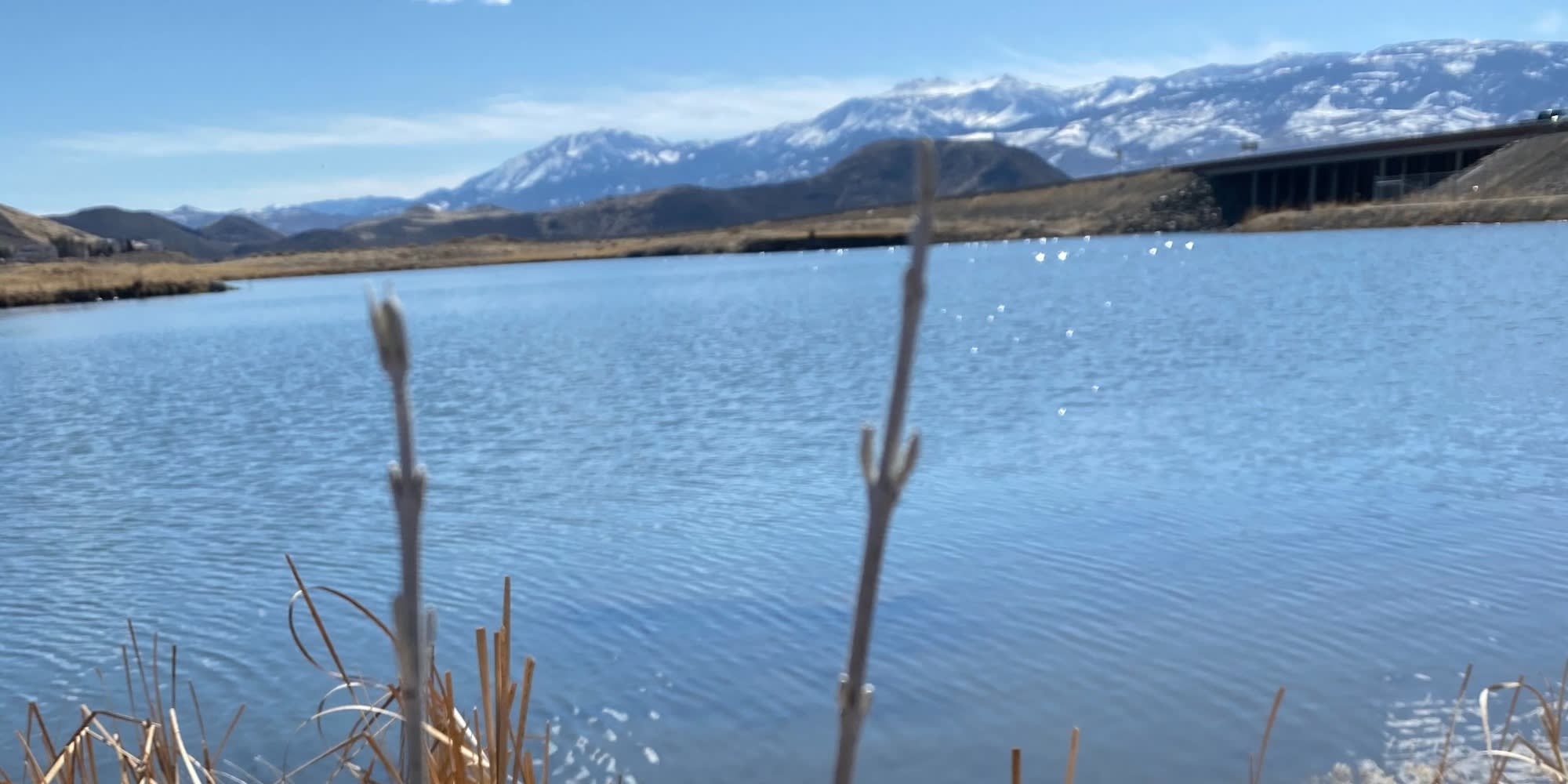
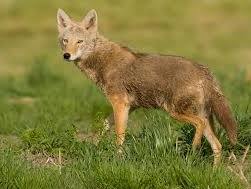


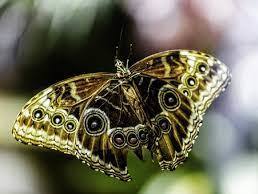



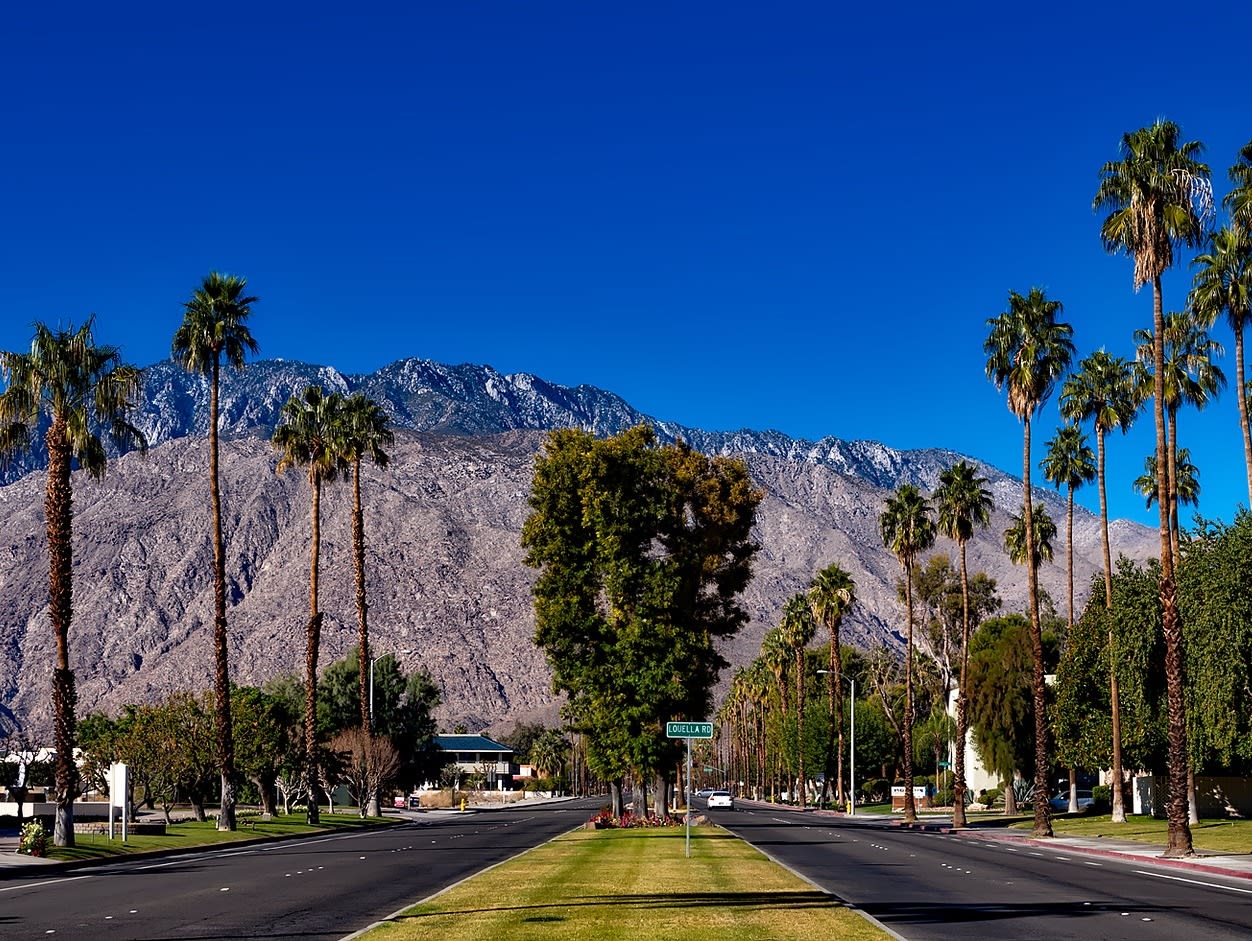

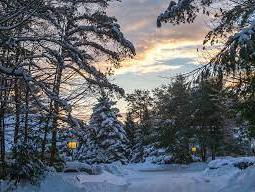
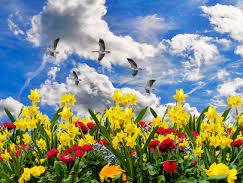





You are a native Rubber Rabbitbrush! You prefer the warmer seasons and are a lover of all animals, big and small! You have a dominant personality and are not afraid to speak your mind, but also work extremely well in a group setting. A determined person you thrive in adverse conditions.
Rubber Rabbitbrush (Scientific name Ericameria nauseosa) is a perennial shrub. The plant provides cover for small animals while the leaves, flowers and seeds are a great food source for elk, deer, antelope, birds and small animals. Small yellow flowers bloom from August to October. Native Americans across the American West reportedly used rabbitbrush as a yellow dye, to make medicinal tea, and for chewing gum.

You are a Big Sagebrush! You’re sweet with a little bit of spice. You can easily adapt to change which allows you to bloom with a wide variety of situations. Selfless and giving, you are the first to volunteer to help others in times of need, and have many tips and tricks for healing up your sleeve. Keep being the wonderful, kind, and versatile person you are!
Big Sagebrush (Scientific name Artemisia tridentata) is an evergreen shrub that can be distinguished by its three-lobed leaves and its sweet, pungent aroma. Wildlife, including deer, moose, and elk, rely on the plant for food, especially during the winter months. It also serves as an important nesting site for some songbirds, and can live up to 100 years. Native Americans rely on Big Sagebrush for many purposes, including pain relief and air purification. The Shoshone and Paiute tribes use the leaves to relieve toothaches.
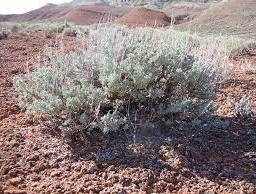
You are a Fremont Cottonwood! You thrive in the sunshine and love being surrounded by water. If there's any outdoor activity with water, count yourself in! Along with being a water lover you are also very adaptable. You love helping others and are very generous when it comes to being there for those you care about. People know they can always turn to you for support.
Fremont Cottonwoods (Scientific name Populus fremontii) are a native riparian tree species. They thrive near streams, rivers, and wetlands. They require moist soil and plenty of full sun with lots of natural water around. They can grow 10-20 feet in a year and reach up to 100 feet in height. Cottonwoods provide lots of ecological diversity! They are great for bank stabilization, water quality improvement, ground-water recharge and flood abatement.

You are a Coyote Willow! As a go with the flow kind of person, you are flexible with your time and decision making. You are versatile and resilient and don’t let things affect you easily. You like to make yourself useful and are efficient with your time. Everyone gets along with you because of how open you are and willing to be unapologetically you!
Coyote Willow (Scientific name Salix exigua) is found almost exclusively in riparian habitats, occupying banks of major rivers and smaller streams, lakes and ponds as well as wetlands and marshy areas at elevations from 2,500 to almost 9,000 feet. It characteristically forms zones immediately adjacent to the water's edge. It is extremely drought resistant and tolerant of flooding, making it great for ecological purposes. On top of being great for a riparian ecosystem, Coyote Willow are extremely useful for Great Basin Native American tribes. The long, flexible stems of the coyote willow are used for basketry and other woven items.
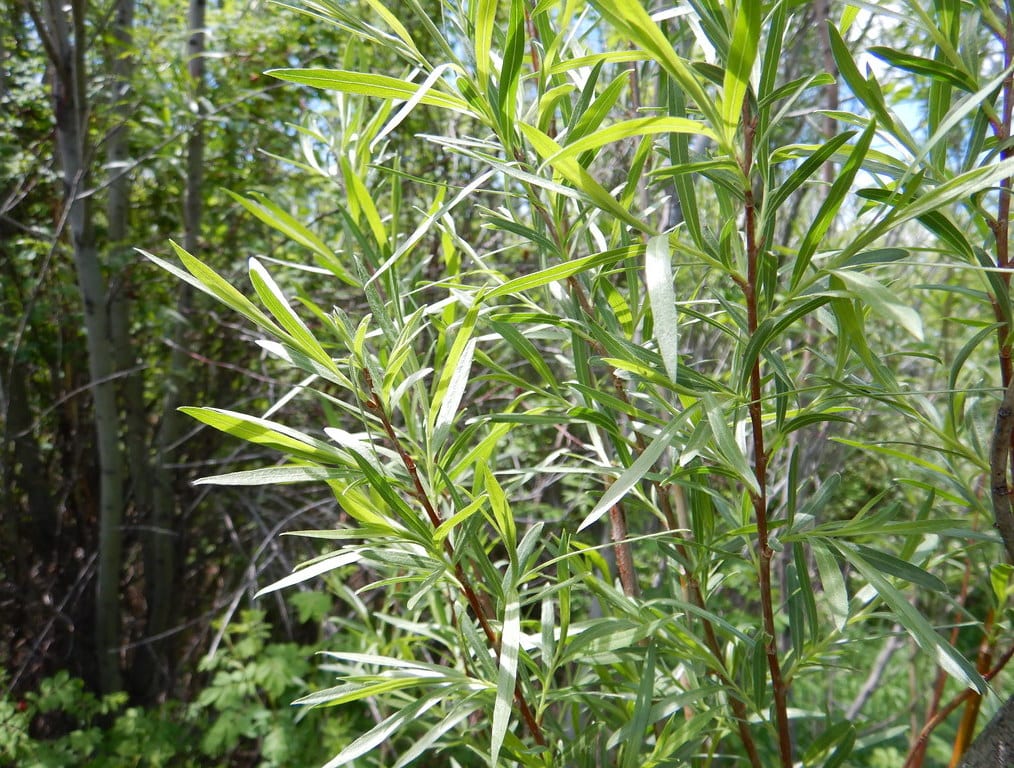
You are a Great Basin Wildrye! You are slow to open up to new people but once you do you your loyalty is unmatched. With a deep rooted sense of loyalty, you will stand by your friends and family to the end. You prefer wet winters and dry summers and have high tolerance for salty people. One of your best qualities is that you are not afraid to stand out and be your own person. Keep doing you!
Great Basin Wildrye (scientific name Leymus cinereus) is a large, robust, perennial bunchgrass averaging 2 to 5 feet tall. It has a deep, fibrous root system which provides excellent surface control and soil stabilization, making it a great restoration species. It is noted for its blue-green color and conspicuous seed heads. The Okanagan-Colville people use Great Basin Wildrye roots to create a decoction to treat internal hemorrhaging and other maladies.
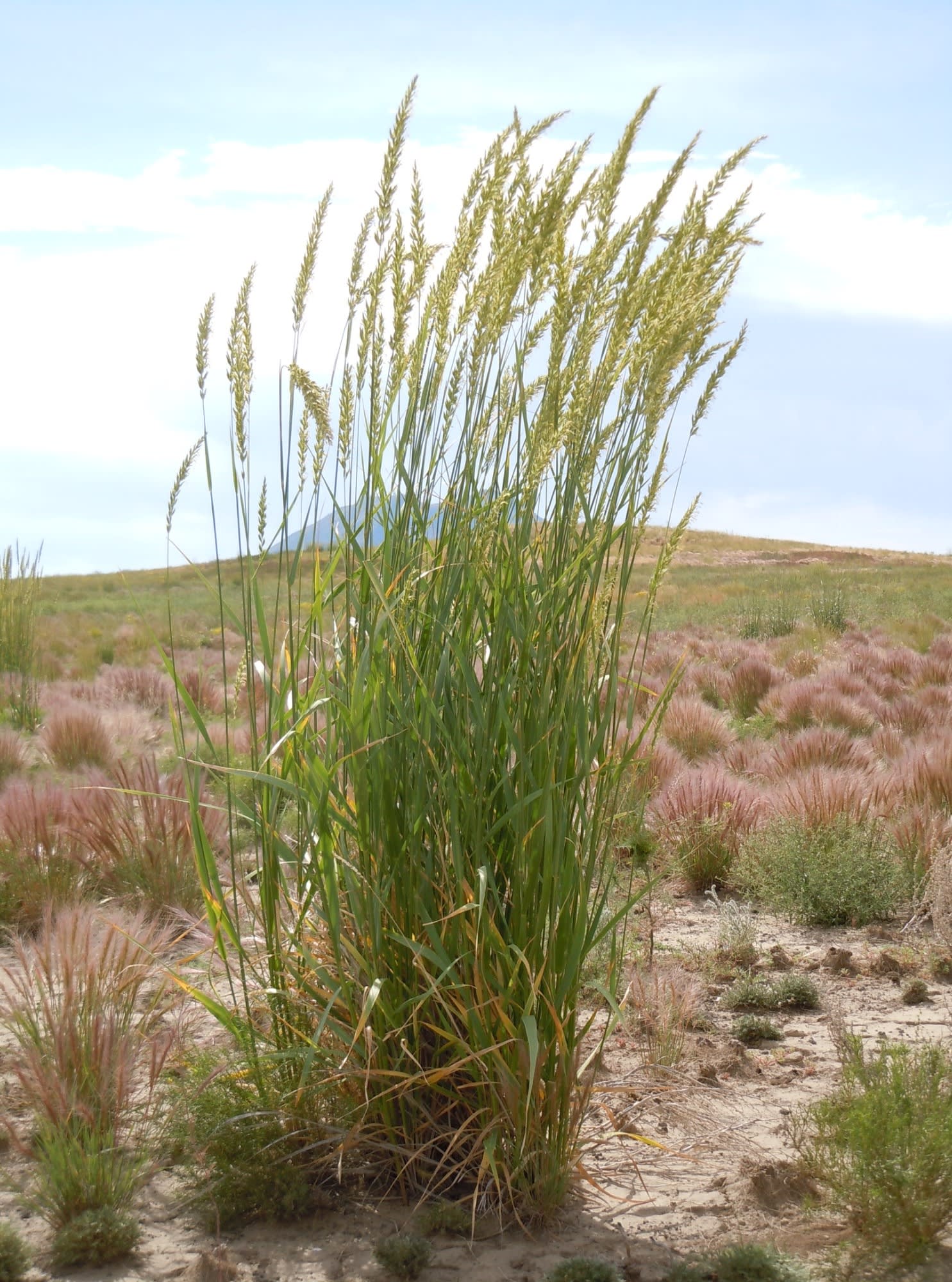
You are a Broadleaf Cattail! A true jack of all trades. You have many talents and hobbies, including cooking, craftsmanship, and other creative activities, and you love to use these talents to help your friends and family. As a dominant personality type, you do well in large social gatherings and you make friends very easily.
Broadleaf Cattail (Scientific name Typha latifolia) is a perennial plant that can grow up to 7 feet tall. They require moist substrates, warm temperatures, and low oxygen concentrations for successful germination. Indigenous communities use this plant as a source of food and for construction material. For example, cattail pollen can be used as a flour substitute in baking, parts of the plant can be used as padding for beddings and pillows, and the leaves can be used as leaves and floor mats.

You are a Nebraska Sedge! A water person through and through, you love all things and sports water. As a water person, Spring and Summer are your favorite seasons, as you do not enjoy the cold. As a dominant member of your friend group you do not hesitate to take charge when needed to get things done.
Nebraska Sedge (Scientific name Carex nebrascensis) is a perennial sedge that dominates wetland communities. It is a valuable forage species, highly palatable to cattle, horses, and elk. Plants flower in June to August. Uses by Native Americans include using the fibers for mats and bedding and eating the rootstocks.
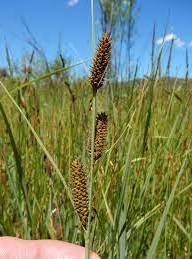
You are an American Bulrush! You are quick to thrive in life! You love self growth and are constantly working on bettering yourself. You feel comfortable in social settings and love being in groups socializing.
American Bulrush (Scientific name Schoenoplectus californicus) is a perennial herb belonging to the sedge family. It thrives in freshwater or brackish marshes and requires full sun. They are excellent at controlling erosion, making it an ideal species for wetland restoration.
